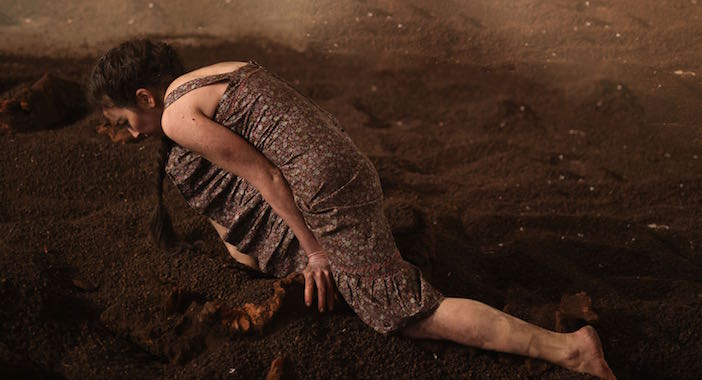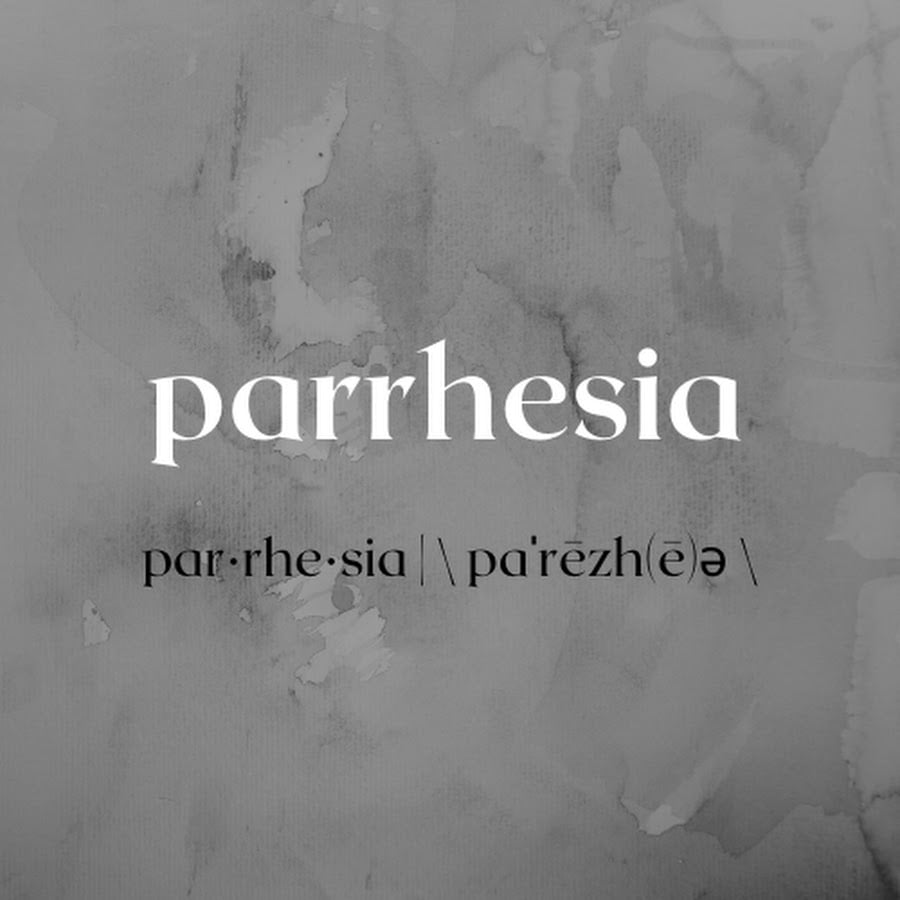Ghost Bodies Reuniting with the Soil
On a May day when I was enjoying the feeling of emptiness after a long process of intense academic research and thesis writing, the curiosity in me tickled me and I typed some of the keywords I researched in my thesis such as Armenian, dance, alphabet, embodied learning into the search engine on the computer with the eagerness to encounter academic researchers who has similar interests like me and their productions.
Among the results, the name Nilüfer Gros immediately caught my attention. First, I read her article Carrying the Nest: Rewriting History through Embodied Research; then I watched her performance Enterrer La Robe - Burying the Dress, which she prepared for her doctoral research at the Paris State Conservatory, via a live broadcast from Paris. You can still find the performance to watch on Youtube.
In the dry and silent atmosphere of the independent dance scene in Turkey, which began to fade after 2010, it has been a long time since I stopped watching local works that are rarely exhibited, usually distant from politics, far from the search for a new language of movement, or the performance programs of multi-sponsored art festivals that are almost classics for the West, with exorbitant ticket prices. While elitist art often paves the way for actors approved by the authorities of the field in a certain time and context, contemporary dance cannot reach the general public in Turkey, as it does not yet have an accessible, sustainable, diverse and inclusive policy. This problem is the result of a uniform, discriminatory and denialist practice that has been perpetuated by the rulers which is producing its own monologue in the mainstream from macro to micro layers.
In this environment that has been normalized for a long time and unable to bring its own criticism, watching the performance "Burying the Dress" was a real breathing space for me. The work tells the stories of violence that women of different identities and ages, especially those living in the east of the country, have been subjected from 1915 to the present day in a multi-layered manner, while revealing the similarities of this chain of violence. The text, co-written by Nilüfer Gros and Nejbir Erkol, is performed in Turkish with French supertitles.
The fact that the location of the performance is placed in the corner of the space instead of on a flat wall or in front of the stage, and that the performer performs from this intersection, inevitably invites the audience to focus on the urgency of the narrative, as if drawing them into the narrowing corridor of stories that remain in the dark.
There is a silent woman on the stage, very pure; behind her there is a pile of soil...As the woman connects with this pile of soil at irregular intervals, at various points in the show, I wonder whether she is digging her own grave, or looking for someone, or opening the grave of a victim of exile, or an accident , or a woman who died in her village during an attack. She began to listen to these stories while she was working at the state university in Mardin; over the years, as Gros traces the stories of the women, these women begin to turn into ghosts in her life, appearing in her life regardless of time and geography, even when she moves to another country. In this intensity, this work is like a ritual of mourning, confrontation and ultimately healing for women who inevitably want to get out of their bodies and be liberated, women whose existence or disappearance most of us are not even aware of... Is the soil applied to the face, the body covered in soil for a purification? Or is it the traces left by the atrocities in the soul and body of the woman which are handed down to the next generations? I don't know which one has been reflected clearly, but it feels good to watch, I want to revisit this web of meaning from time to time. Every woman which was mentioned in this story is actually familiar, as the stories reveal themselves through words and voice, sometimes with silent body movements, it is as if they take wings, despite all their weight, it feels like a relief.
While watching the work, I wander around in my own bodily kinesthetic memory...I remembered the soil brought from Malatya, from Hrant Dink's hometown, at his funeral. Soil is our hometown, our belonging, the space where we feel safe, where we are rooted, nourished and nurtured...However, as we see in this work, it also has different uses. Like when my grandfather was five years old in Erbaa, Tokat in 1915, he was dressed as a girl by the elders of his family and his face was nearly covered with soil to prevent him from being taken away.
Nilüfer, presents a transparent body on the stage, without being crushed under all these stories, she mediates the displacement stories of Armenian, Kurdish, Assyrian, Yazidi, Turkish and Jewish women to be seen and heard, with a deep awareness. The first time we hear her real voice is while she sings the lament, which she learned from Virginia Kerovpyan; the lament made by a woman called Arshaluys in exile.
It's hard to even applaud when the performance is over. I'm overwhelmed by both the pleasure of watching a sincere, well-worked piece and the conflicting effects of the shock I feel when stories, with all their pain, hit my flesh. While my heart celebrates this encounter with the words "Wonderful, wonderful performance!" , I wish that the pain in every family can find its own voice, its own word, its own expression, without the effort to be approved and understood, and I remember James Baldwin's quote: "Everything that is confronted cannot be changed; but nothing is changed until it is confronted".



